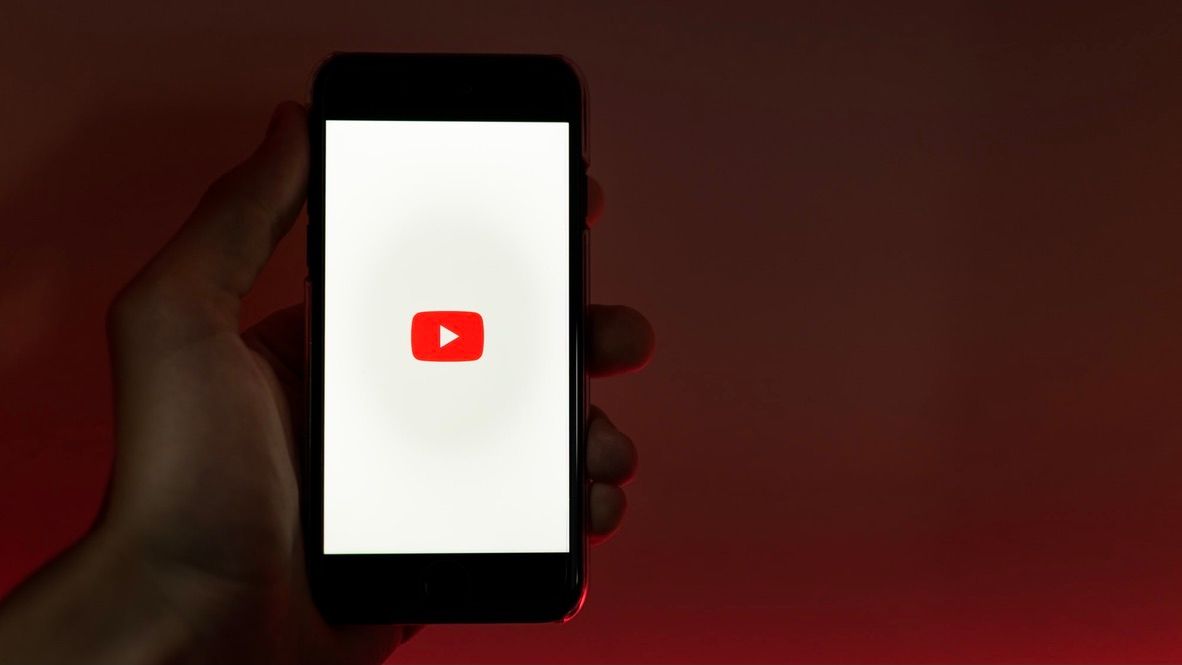How to Get YouTube Subscribers in 2022
The 6 step guide to YouTube success.

Overview
- Getting started
- Finding the right keywords
- Making Videos
- Uploading
- Analyzing
- Optimizing
1. Getting started
The most important parts of the initial process are the channel name, “About” page, profile picture, header image, channel trailer, and description.
Channel name: Make the channel name [Your Name]—[Brand]. Example: Ian Greer—EvntBeats. This way people may recognize either your name or brand. If you have a personal brand, just use your name.
About page: The About page is used for search results on Google. Put keywords into your About page. It also serves as a way to let your audience know more about you.
Profile picture: Use a picture of yourself. Not a logo!
Header image: Your header should be simple and convey what YOU can do for THEM. State why viewers should subscribe to you.
Channel trailer and description: Your channel trailer is the video that you set to show to people viewing your channel who are not subscribers. The video should be 60-120 seconds long. YouTube growth expert, Joe Marfoglio, recommends the following structure:
- Introduce yourself.
- Welcome the viewer to the channel.
- Briefly explain your background and why you are qualified to teach on YouTube.
- Clearly state what you can do for them. What result does your channel provide? What problem is your channel the solution to?
- State your posting schedule.
- Ask them to subscribe and turn on notifications.
2. Finding the right keywords
Find long-tail keywords. When Gilette first started YouTube marketing, there was too much competition for the keywords “how to shave.” To work around this, they used long-tail keywords: “how to shave your head,” “how to shave your beard,” etc. Long-tail keywords have less competition, making it easier for smaller channels to rank high by using them.
A tip for coming up with long-tail keywords is searching for popular keywords in YouTube’s search box and then typing in “a.” The search box will auto-populate with search results that start with that letter. Then try “b.” Continue to go through the alphabet until you have a long list of quality long-tail keywords.
3. Making videos
All you need is an iPhone to get started. You can record and edit on your iPhone if you don’t have a laptop or any other gear. You can upgrade your mic and camera over time.
There are 2 kinds of videos:
- Discoverable videos. Used to attract more subscribers. Keyword-focused. Do not sell products. The goal is to get people to subscribe to your channel.
- Video webinars. These are used to teach your current subscribers something. Not keyword-focused. This is where you sell products or get people into your sales funnel.
Discoverable videos follow this structure:
- Hook: A 15-second introduction. Confirm that you will address the keywords in the title and thumbnail. Make them want to continue watching.
- Trailer: A 4-5 second brand intro.
- Intro: A 30-second “about me.” Say who you are and why the viewer should listen to you. Connect with the viewer by telling a brief relatable story.
- Content: Deliver value for 7-12 minutes. Teach what you promised in the hook.
- Offer: Do a “call to action.” Tell your viewers to like, comment, subscribe, and turn on notifications.
Video webinars follow this structure:
- Tell them that there is a big misconception about your topic.
- Tell them what the "right" way is.
- Introduce yourself and say why you're qualified to teach.
- Share your first big idea (framework 1).
- Share your second big idea (framework 2).
- Share your third big idea (framework 3).
- Anticipate and quell objections.
- Tell them to click the link to your landing page or product sales page.
- Create urgency by saying the product/offer could go away soon.
This works for products under $100. More expensive products typically need a longer pitch.
The full script goes into more detail and can be found here. From Expert Secrets by Russell Brunson.
4. Uploading
The 6 essential elements of uploading:
- Be consistent. YouTube promotes consistent content creators. Post on a schedule. Post at 7:00 PM every Monday, Wednesday, and Friday, for instance.
- Use keywords. Use the keywords from the “Finding the right keywords” section.
- Writing the title. Your title should (1) contain a keyword phrase; and (2) hook the viewer and make them want to click.
- Making the thumbnail. The thumbnail is important. It can determine whether or not someone clicks on your video. Use large pictures of faces, bright colors, and few words.
- Writing the description. The description should be between 150-300 words. The first two sentences should include your keywords and call to action. The call to action could be a link to an email newsletter or a product that you are trying to sell. Then add in relevant links: a link to subscribe to the channel, a link to your related videos and playlists, and a link to other products you want to sell.
- Adding tags. Tags are not as important as they used to be. Tags should be highly relevant to your keyword. Tags will become less and less useful as the Google algorithm gets better at classifying videos based on title and description. Add a maximum of 3 tags.
5. Analyzing
The 3 main metrics to analyze:
- Click-through rate (CTR). The percentage of people who click your video when it is shown to them. 4% is ok. 6% is good. 9% is amazing.
- Initial retention. What percentage of people continue to watch after the first minute? If retention at the one-minute mark is above 70%, the video is good.
- End retention. What percentage of people watch until the end of the video? If retention at the end is 35%, that’s ok. 40% is good. 50% is amazing.
6. Optimizing
- Make short videos (5-10 minutes). End retention is likely to be higher on a short video than on a long video.
- Create playlists. Make a new playlist every month. You want people to binge-watch your videos. Videos in a playlist are easier to binge-watch.
- Get as many early views as possible. When a video is first released, the YouTube algorithm tries to decide if the video is good or bad. If it gets a lot of views early on and has good retention, YouTube will push the video to more viewers. Tell your Instagram followers, Twitter followers, and email list when you post a new video.
- Do collaborations with other YouTubers. Do an interview or post the other person’s video on your channel. Only do this with channels that have a similar channel topic.
How long will it take to grow?
YouTube channels with 1,000 to 10,000 subscribers had an average of 151 videos, according to vidIQ research. If you post twice a week, it will take you nearly 1 year and 6 months. If you post 5 times a week, it will take you roughly half a year.
YouTubers between 10,000 to 100,000 had an average of 418 videos.
YouTubers between 100,000 and 1 million had an average of 1171 videos.
Growth will not take as long if you take content creation seriously. Post consistently and put effort into improving.
Most of the ideas from this article came from Traffic Secrets by Russell Brunson.



Comments ()